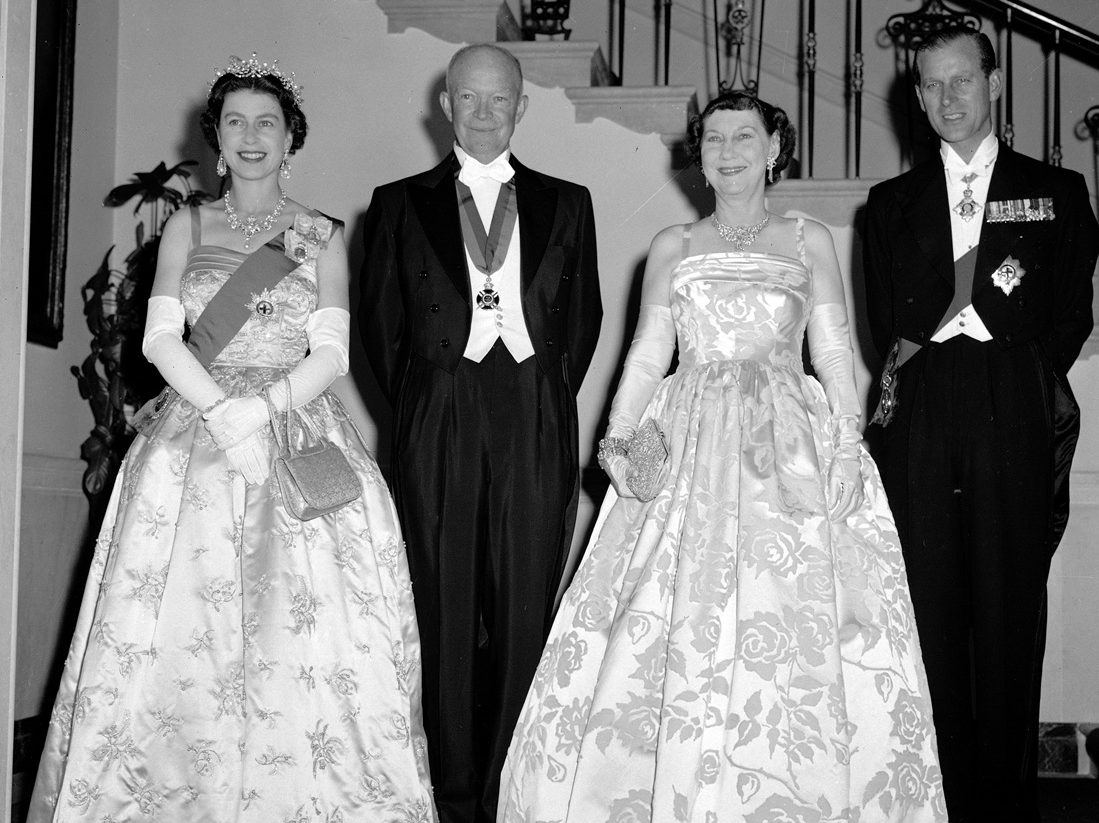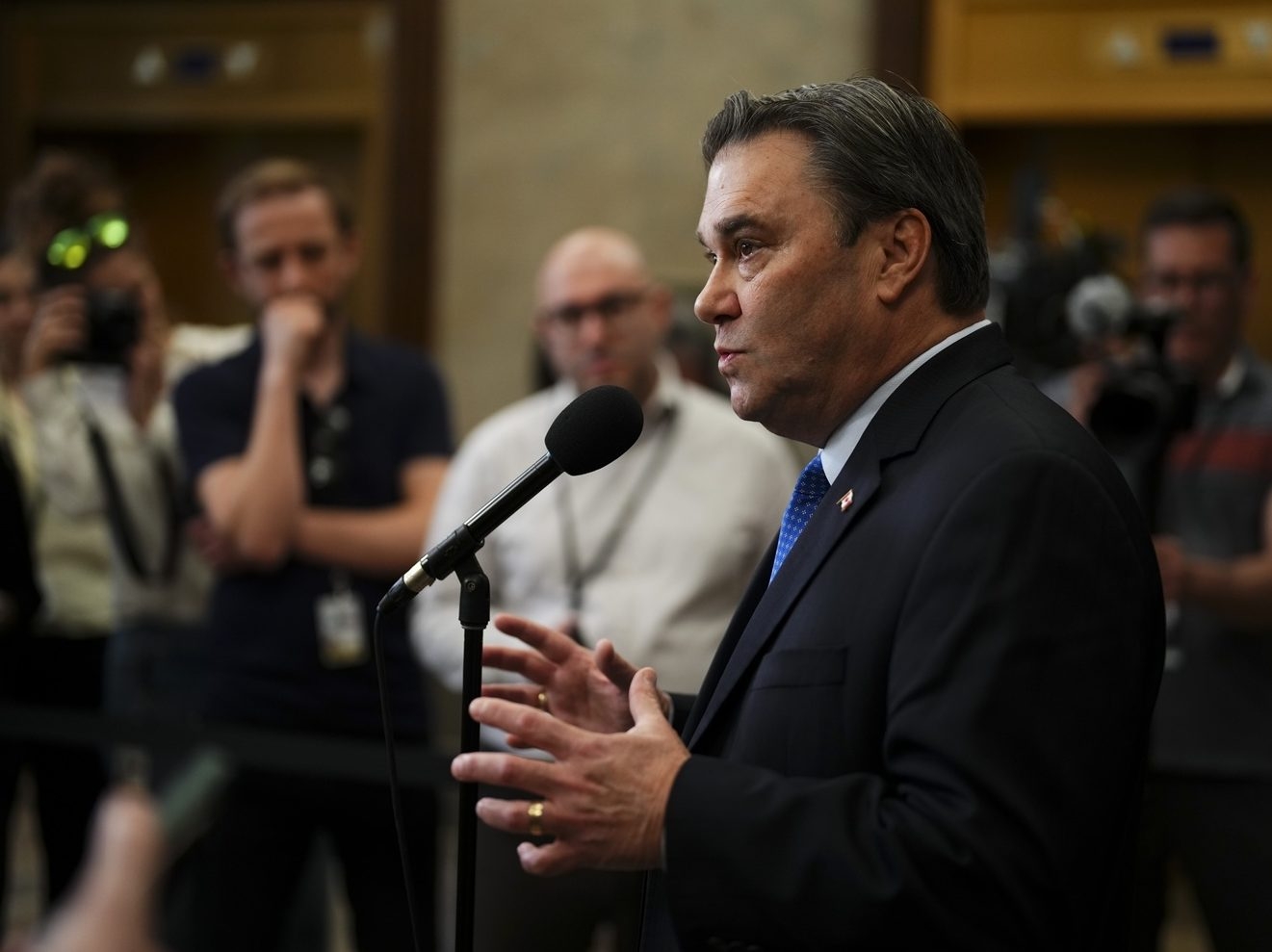A shadow fell over a sensitive military installation in Belgium this weekend, as unidentified drones repeatedly breached the airspace above Kleine-Brogel Air Base. The base, rumored to house U.S. nuclear weapons, found itself under an unsettling, persistent surveillance. Defense Minister Theo Francken described the situation as deeply concerning, hinting at a deliberate act rather than a random occurrence.
The initial response proved futile. Attempts to jam the drones’ signals failed, and a determined pursuit involving a helicopter and police vehicles ended in frustration as the devices vanished after traveling several kilometers. Despite the loss of visual contact, authorities are intensifying security measures, determined to identify and apprehend those responsible for this brazen intrusion.
Francken believes the drones weren’t simply lost or malfunctioning. He articulated a chilling possibility: these were calculated reconnaissance missions, meticulously mapping the base’s layout and identifying key assets. The intent, he suggested, was to gather intelligence on the location of F-16 fighter jets, munitions stockpiles, and other strategically vital elements.
Kleine-Brogel isn’t just any air base; it’s a cornerstone of NATO’s nuclear deterrence strategy in Europe. The base currently operates F-16s, soon to be replaced by the advanced F-35A fighter jet. Its significance is further underscored by reports confirming it serves as a storage site for U.S. nuclear bombs as part of NATO’s weapons-sharing agreements.
This incident isn’t isolated. September witnessed a surge in similar airspace violations, with Russian drones penetrating Polish territory and MiG-31 fighters encroaching upon Estonian airspace, triggering NATO interceptor responses. The pattern raises serious questions about escalating tensions and deliberate probing of the alliance’s defenses.
While Minister Francken stopped short of directly accusing Russia, he acknowledged the Kremlin’s clear motives and characterized Moscow’s actions as a form of “hybrid war” waged across the European continent. This strategy involves utilizing unconventional tactics to destabilize and undermine adversaries without triggering outright armed conflict.
The situation has ignited debate about appropriate responses. Former President Donald Trump recently advocated for a more aggressive stance, suggesting NATO countries should shoot down any Russian aircraft violating their airspace. This call for a firm response reflects a growing concern about the need to deter further provocations.
NATO Secretary General Mark Rutte issued a stern warning to Moscow, emphasizing the alliance’s readiness to defend every inch of its territory. He acknowledged the possibility of unintentional incursions, labeling them as “blatant incompetence” if proven, but stressed that even such errors demand a robust defensive posture. The message is clear: NATO is vigilant and prepared to respond decisively to any threat.






